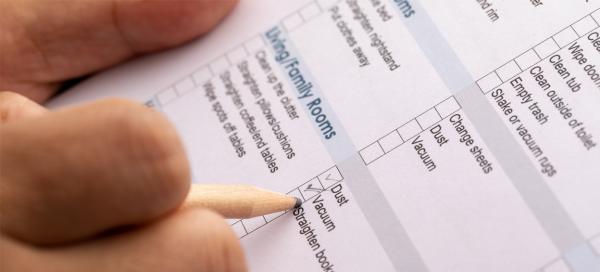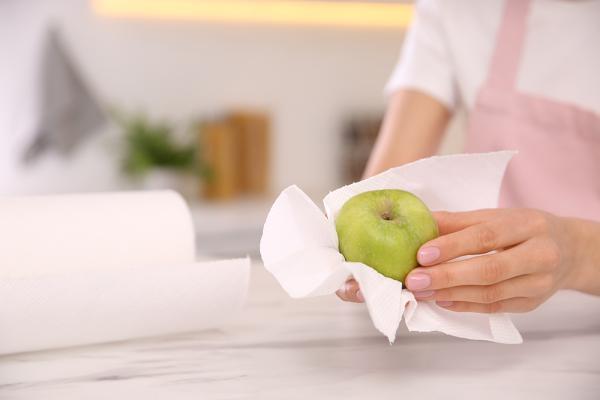
When it comes to maintaining a clean and organized home, having the right paper products on hand is essential. From soft and absorbent toilet rolls to durable kitchen rolls and versatile hand towels, the options can sometimes be overwhelming.
In this comprehensive guide, we'll walk you through the different types of paper products and provide tips to help you choose the best ones to meet your needs.
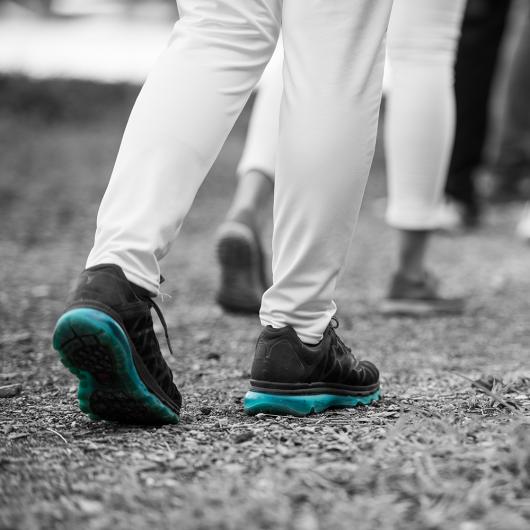
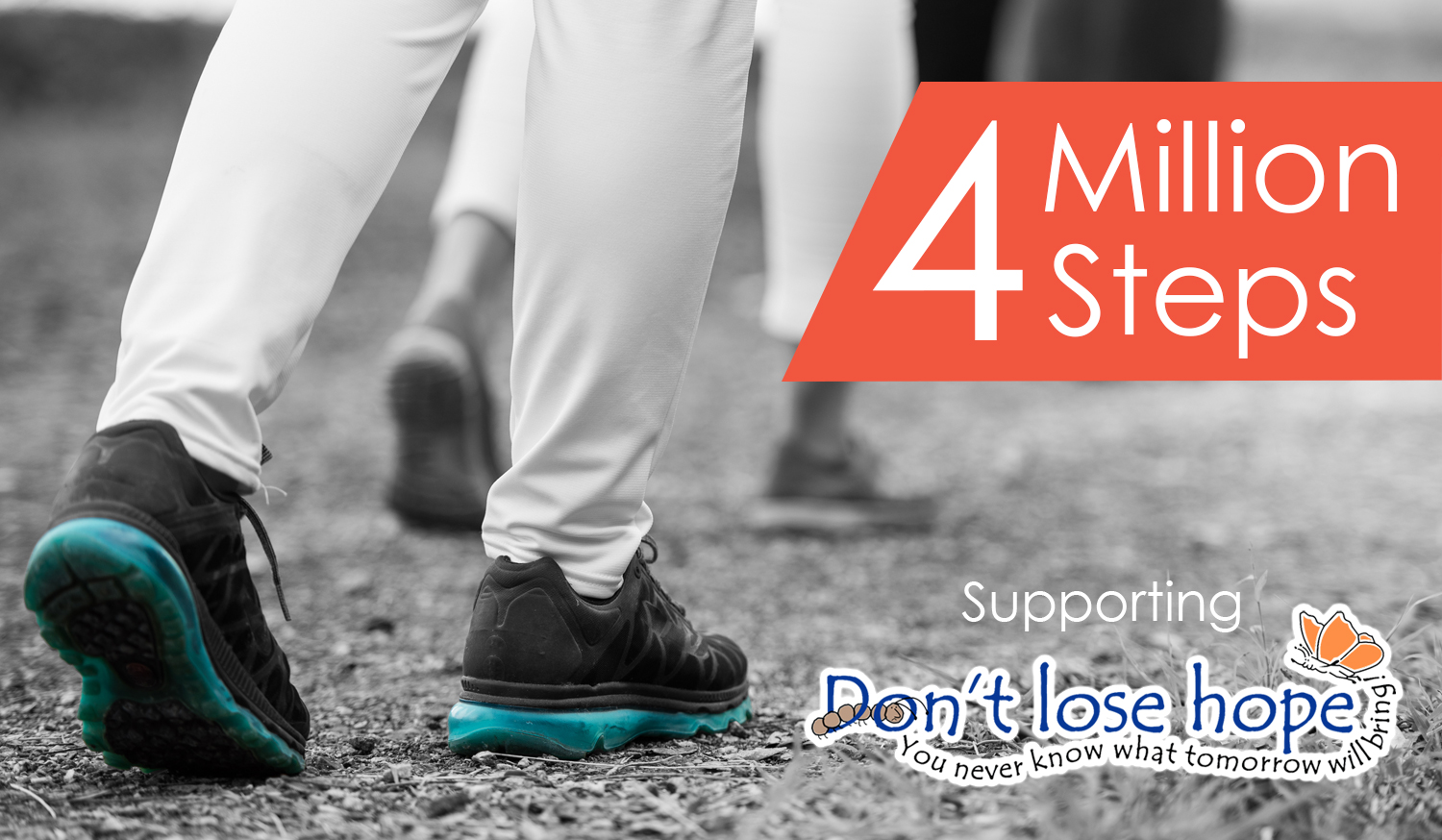

“Great things are never done by one person. They’re done by a team of people.” (Steve Jobs)
As a collective, Brosch Direct and Polyco Healthline staff have chosen to give back to the community by taking 4 MILLION steps in April to raise funds and awareness for Don’t lose hope, a local Bourne charity.
4 million steps to spotlight and promote the three components of well-being: comfort, happiness and health.
The pressure is ever upon us, and everybody needs a method to cope with the ‘normal’ stresses of daily life, but on occasions you may feel restricted and overwhelmed – at times like these, you are not alone.
Don’t lose hope, is a group of highly experienced professionals offering group or individual counselling services for the
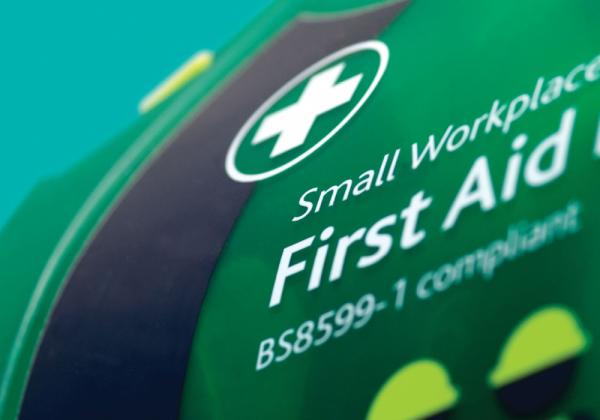
Whether you're the office first aider, or just a conscious employee we all know the purpose of first aid kits
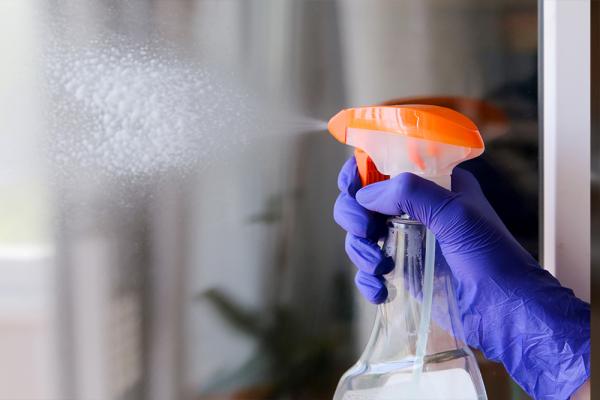
To ensure your disinfectant is effective it should have achieved the following standards...
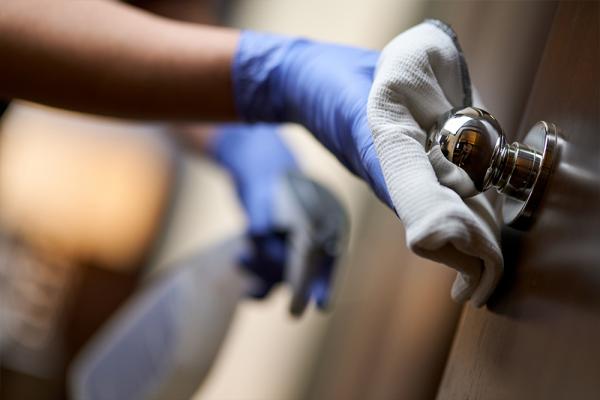
In the world fight against Coronavirus surface cleaning and disinfection is essential in preventing the spread of the virus...
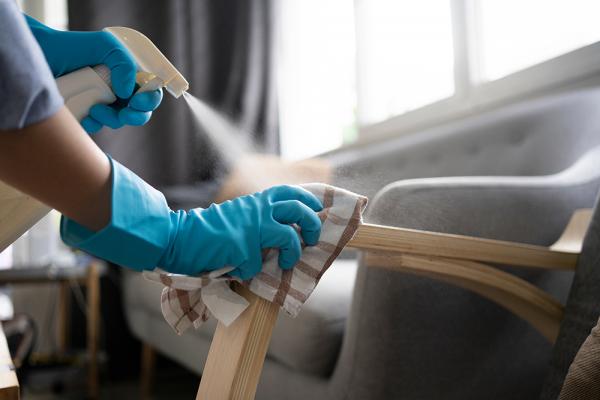
Evans have put together this helpful guide to talk you through the differences between cleaning, disinfecting and sanitising products to ensure you are using the correct product for the job.
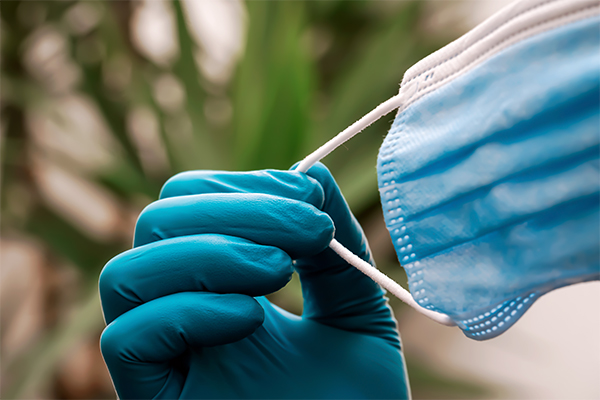
Face masks are effective at preventing the spread of coronavirus but only if they are worn correctly. Follow our handy steps below to make sure you are staying safe and protected by using them in the corret way.
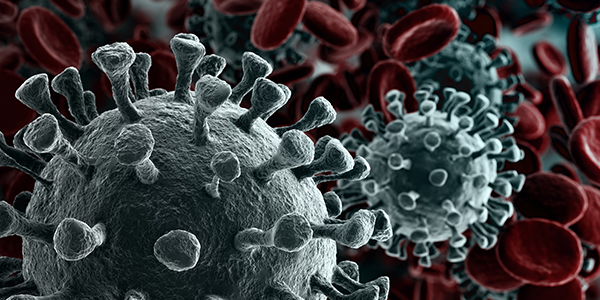
Here are what our leading hand hygiene and disinfectant product suppliers have to say about the effectiveness of their products against the coronavirus bacteria...
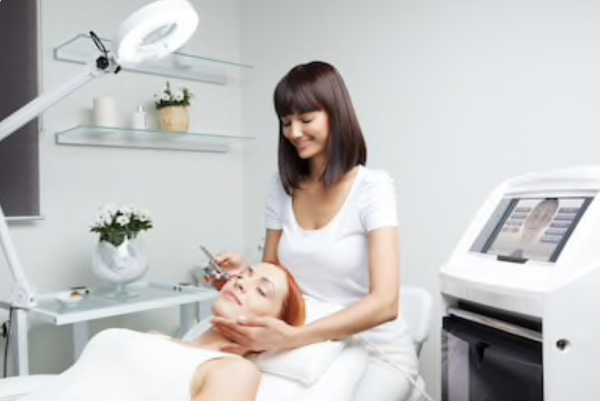
Infection control in salons has become an increasingly popular topic and is a vital necessity to prevent the spread of infection and disease. Find out how to keep your salon spotless.
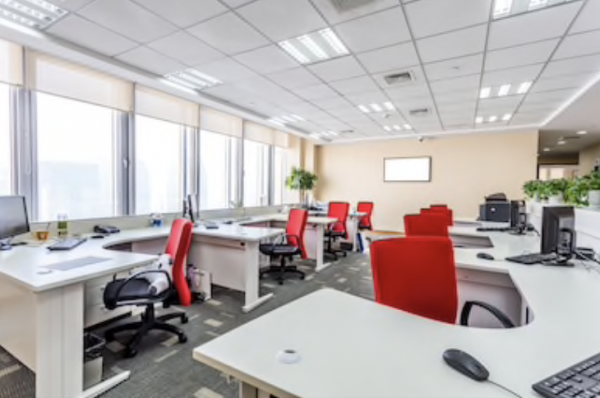
Ever wondered how clean your office really is? Find out here and read our checklist on decluttering and maintaining a much cleaner and healthier workspace.
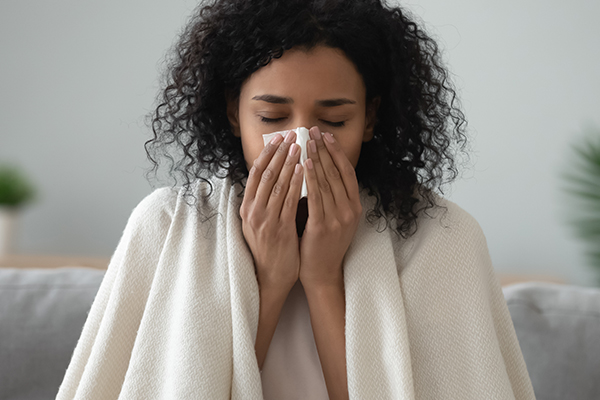
Introducing robust infection control procedures are undoubtedly the most import way to prevent cross contamination. Addressing infection control issues and introducing infection control measures is vital in all care homes, businesses and public areas as well as healthcare settings...



